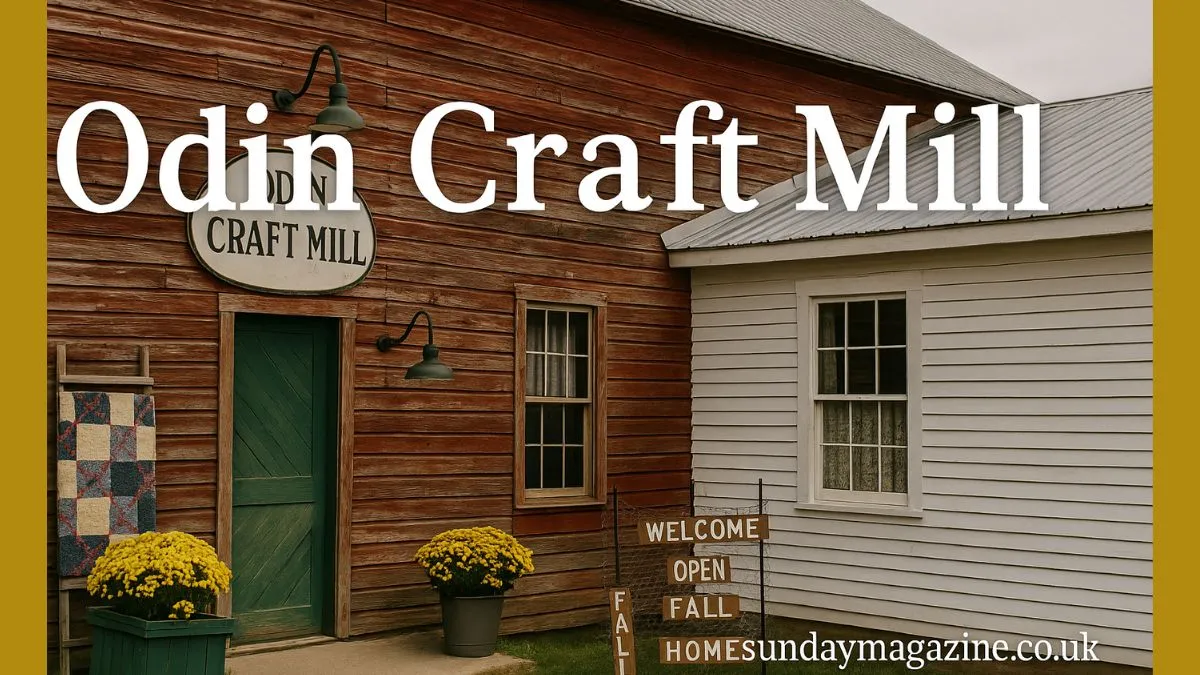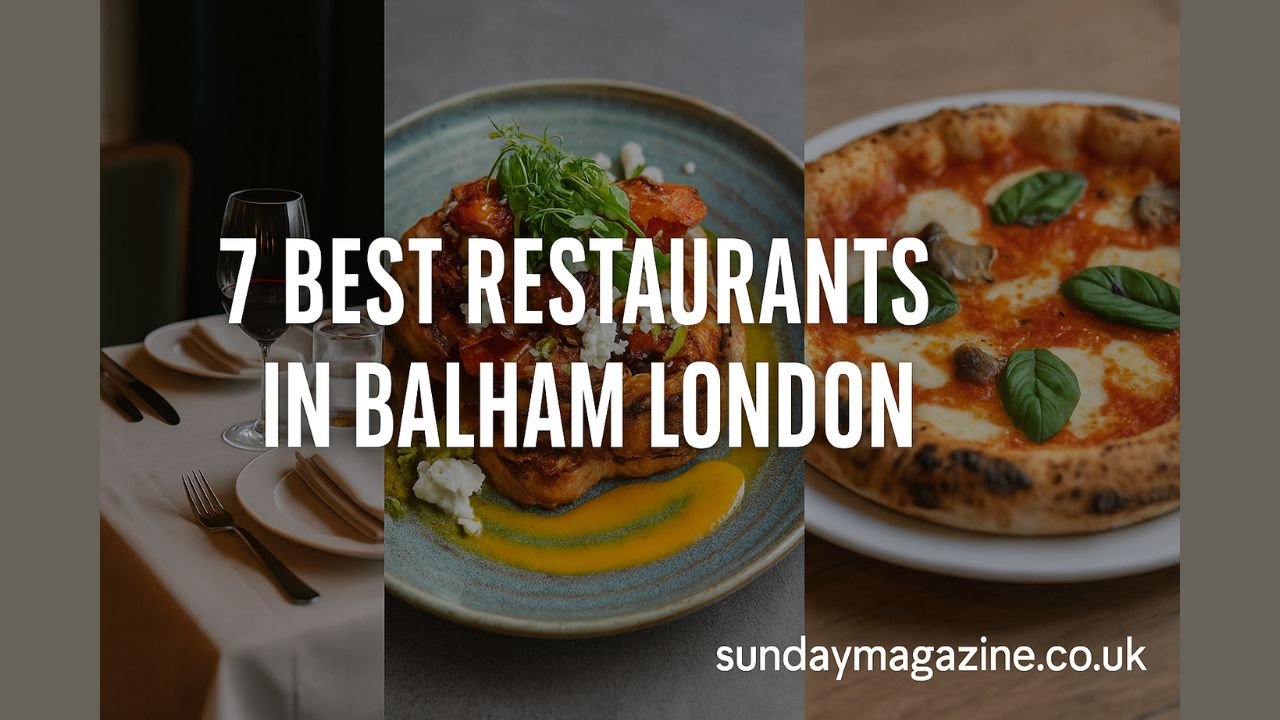In a world dominated by mass production and fast-paced consumerism, the Odin Craft Mill stands as a beacon of creativity, tradition, and community spirit. Nestled in the heart of Minnesota, this unique craft destination draws thousands of visitors every year, offering them an immersive experience that blends art, history, and local craftsmanship. But what exactly is the Odin Craft Mill, and why should it be on your radar today?
Whether you’re a passionate artisan, a lover of handmade goods, or someone seeking a rich cultural experience, the Odin Craft Mill delivers unmatched value. In this in-depth guide, we’ll explore everything you need to know about the Odin Craft Mill: its history, what it offers, how to make the most of your visit, and why it’s more than just a marketplace—it’s a movement.
What is the Odin Craft Mill?
The Odin Craft Mill is a seasonal craft show and artisan market held in the small town of Odin, Minnesota. Housed in a restored 1923 feed mill and connected historic buildings including a 1917 schoolhouse and an 1890s general store, the Mill is transformed into a vibrant hub of handmade treasures.
Each spring and fall, the Odin Craft Mill opens its doors for a limited time, showcasing the work of over 150 local and regional artisans. Shoppers are treated to an eclectic mix of home decor, seasonal items, antiques, handcrafted furniture, textiles, jewelry, and much more. The carefully curated selection ensures high-quality, unique items that you won’t find in big-box stores.
A Living Museum
One of the most captivating aspects of the Odin Craft Mill is its setting. Walking through its interconnected historic buildings feels like stepping back in time. Original architectural features are preserved, offering an authentic backdrop that enhances the shopping experience.
ALSO READ: What Is a Kaftan Dress? From Beach Days to Bold Moroccan Looks
Why Visit the Odin Craft Mill?
1. Support Local Artisans
When you shop at the Odin Craft Mill, you’re supporting local craftspeople and their families. This helps sustain traditional crafts and supports the regional economy.
2. Unique, Handcrafted Goods
Unlike mass-produced items, everything you find at the Mill is crafted with care, creativity, and attention to detail. This makes it a go-to destination for gifts, home accents, and one-of-a-kind finds.
3. A Seasonal Tradition
The limited-time nature of the event adds to its charm. People return year after year, making it a cherished tradition for many families.
4. A Community Gathering
The event draws people from all over the region, creating a lively and warm atmosphere that fosters community connections.
What You Can Expect: A Tour Through the Odin Craft Mill
The Layout
- Main Feed Mill (1923): The centerpiece with multi-level displays.
- General Store (1890s): Antique setting with themed rooms.
- Schoolhouse (1917): Features nostalgic educational-themed crafts and decor.
Types of Items You’ll Find
- Seasonal home decor (fall, Halloween, Christmas, spring)
- Farmhouse-style signs and furniture
- Quilts, pillows, and other textiles
- Jewelry and personal accessories
- Painted glass, pottery, and ceramics
- Wooden toys and handcrafted kitchen tools
Visiting the Odin Craft Mill
Step 1: Plan Ahead
Check the official Odin Craft Mill website or Facebook page for the event schedule. Since it’s only open a few weekends a year, planning is essential.
Step 2: Arrive Early
Crowds can be significant, especially on opening weekends. Arriving early ensures better parking and first picks on unique items.
Step 3: Dress Comfortably
The event involves walking through multiple historic buildings, so wear comfortable shoes and weather-appropriate clothing.
Step 4: Bring Cash and Cards
While most vendors accept cards, having cash can speed up transactions and support smaller sellers.
Step 5: Take Your Time
Part of the joy of the Odin Craft Mill is meandering through the beautifully decorated spaces. Don’t rush. Soak it all in.
Step 6: Chat With Artisans
Engage with the sellers. You’ll gain insights into how items are made, the materials used, and the story behind each piece.
Step 7: Enjoy Local Eats
During the event, local food vendors and community organizations often offer delicious homemade meals and treats.
Common Questions and Misconceptions
Is It Just for Shoppers?
Not at all! While shopping is a big part of the experience, the Odin Craft Mill is also about history, community, and inspiration. Many come just to enjoy the ambiance and reconnect with friends and neighbors.
Is It Expensive?
Prices range from very affordable trinkets to investment pieces like furniture and art. There’s something for every budget.
Is It Kid-Friendly?
Absolutely. The unique layout and variety of items can captivate even younger visitors. However, due to the historic nature of the buildings, supervision is advised.
Comparing the Odin Craft Mill to Similar Events
While there are many craft shows and artisan markets across the Midwest and beyond, the Odin Craft stands out in several key ways:
|
Feature |
Odin Craft Mill |
Standard Craft Fair |
|
Venue |
Restored historic buildings |
School gyms or convention centers |
|
Atmosphere |
Nostalgic, immersive, community-focused |
Commercial, transactional |
|
Selection |
Curated, high-quality handmade items |
Varies widely |
|
Frequency |
Seasonal (Spring & Fall) |
Weekly/monthly |
|
Artisan Interaction |
Strong emphasis on connecting with makers |
Often limited |
Troubleshooting: Challenges & Solutions
Challenge 1: Overwhelming Crowds
Solution: Visit during weekdays or non-opening weekends to avoid peak times.
Challenge 2: Limited Parking
Solution: Carpool with friends or arrive early to secure a good spot.
Challenge 3: Sold-Out Items
Solution: Follow your favorite vendors online. Many offer custom orders or have online shops.
Challenge 4: Weather Concerns
Solution: Check the forecast and dress accordingly. Most of the event is indoors, but some walking between buildings is necessary.
Expert Tips and Insider Insights
- Mark Your Calendar: The Odin Craft typically opens in April/May and September/October.
- Follow on Social Media: Stay updated on opening dates, featured artisans, and behind-the-scenes looks.
- Group Outings: Organize a trip with friends or family. It’s more fun and you can share transportation.
- Gift Shopping: Stock up on unique holiday gifts well in advance.
- Photography: While photos are generally allowed, always ask vendors before taking close-ups of their work.
What’s Next for the Odin Craft Mill?
As more people seek meaningful, eco-friendly, and locally sourced goods, places like the Odin Craft are gaining traction. Future expansions may include:
- Workshops & Demos: Offering hands-on experiences like candle-making or quilting.
- Online Marketplace: Complementing the in-person event with digital options.
- Community Projects: Collaborating with local schools or artists for special exhibits.
Conclusion: More Than a Craft Fair
The Odin Craft Mill is not just a shopping destination—it’s an experience that celebrates artistry, heritage, and community. Whether you’re looking for that perfect hand-carved bowl, a unique holiday gift, or simply a day well spent with friends, the Odin Craft delivers. Its blend of charm, craftsmanship, and community spirit makes it a shining example of what local events can achieve.
So mark your calendars, pack your curiosity, and prepare to be inspired. The Odin Craft awaits!
FAQs About Odin Craft Mill
When is the Odin Craft Mill open?
Typically in the spring (April/May) and fall (September/October) for select weekends.
Where is it located?
Odin, Minnesota. Directions and maps are usually provided on their official website and social media.
Is there an entry fee?
No, admission is free!
Are pets allowed?
Due to the nature of the event and historic buildings, pets are generally not permitted, except for service animals.
How many vendors are there?
Over 150 artisans and vendors participate each season.
Is the Odin Craft Mill wheelchair accessible?
Most areas are accessible, but due to the historic nature of some buildings, accessibility may be limited in a few spots.



